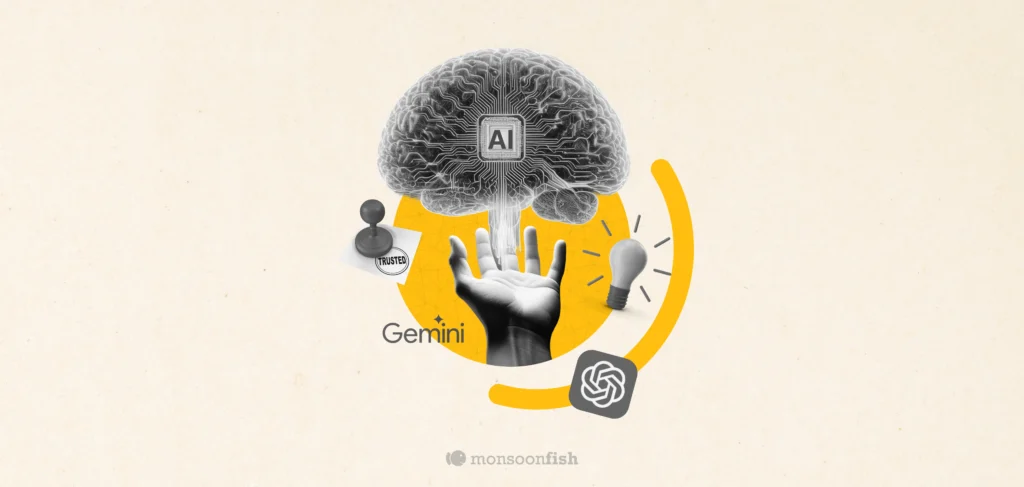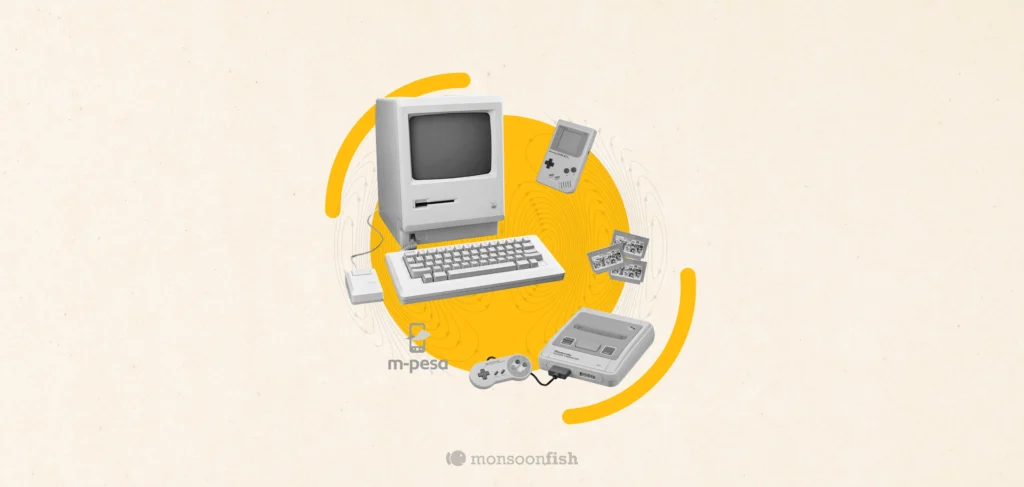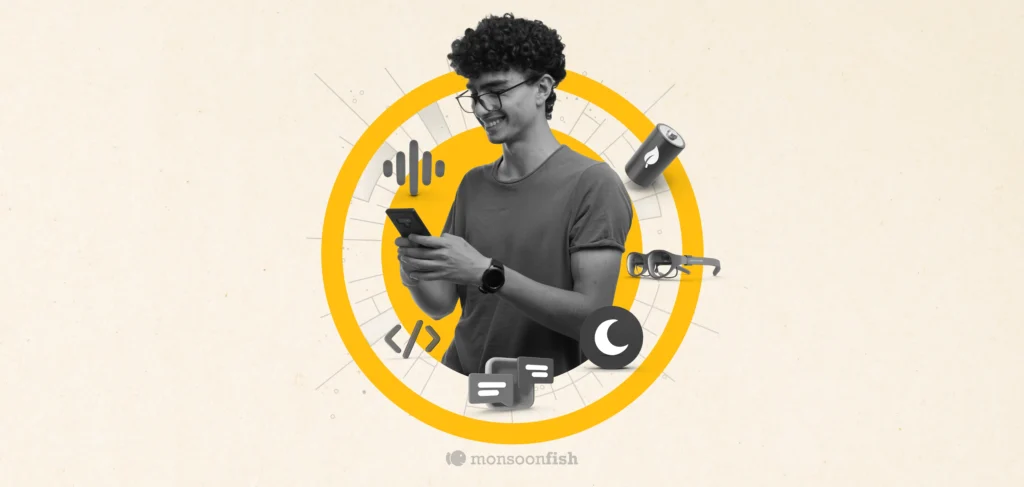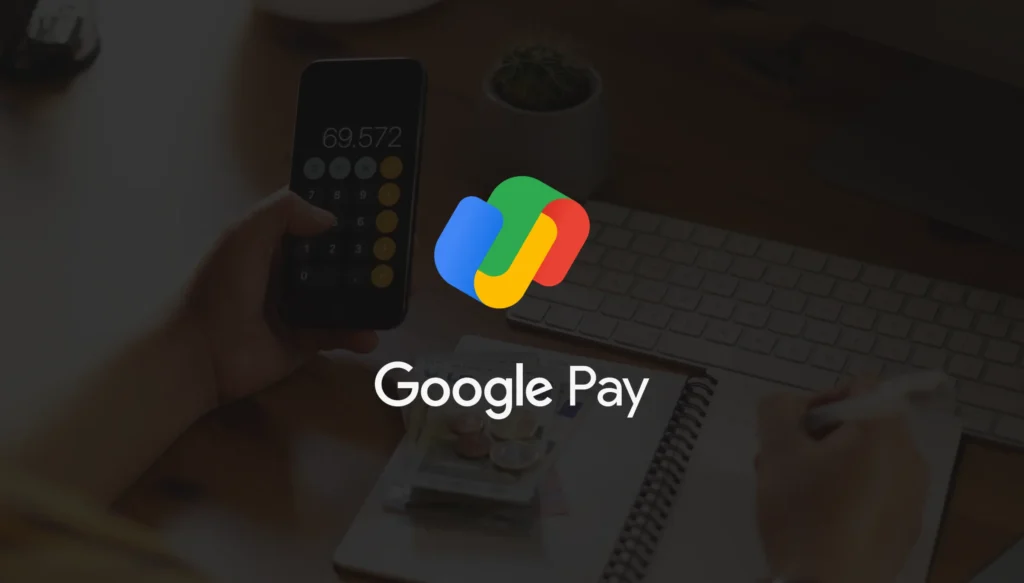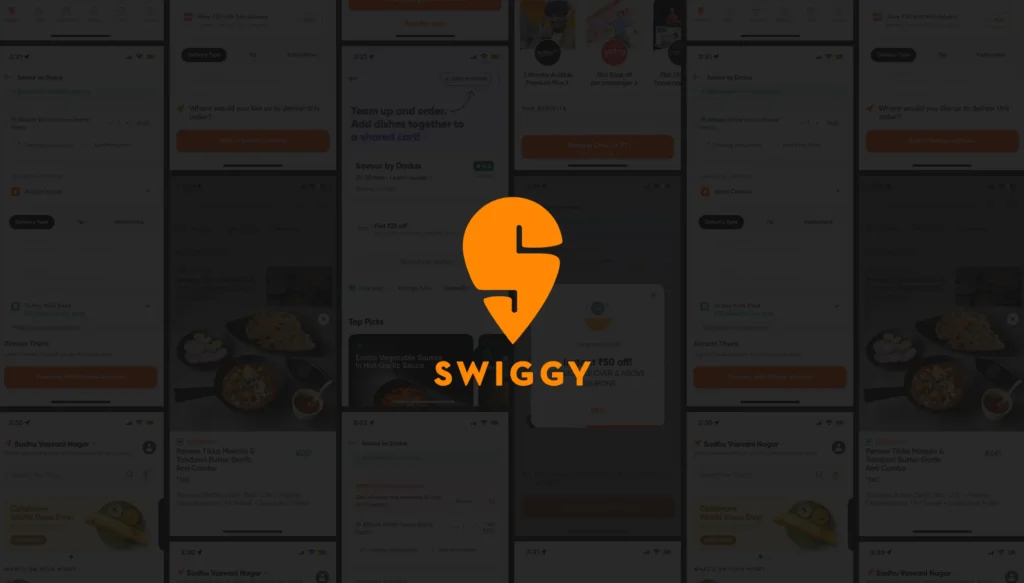Think Broad, Nail Accessibility in UX Design
The visual interface is an essential point to begin with optimising accessibility. We can do our bit simply by being more thoughtful on UX design.
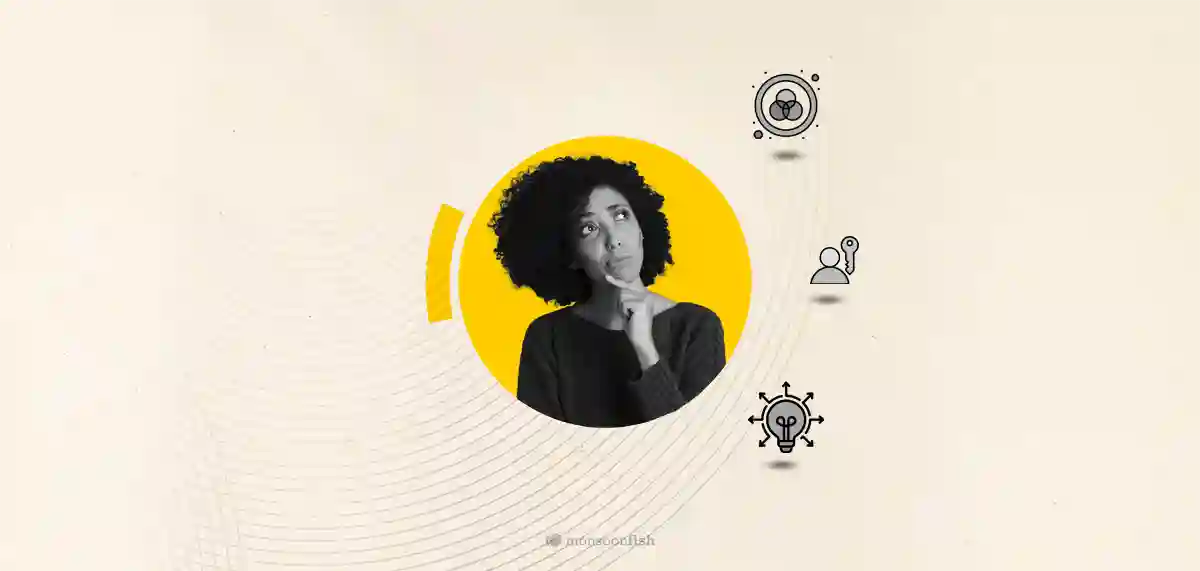
In all the priority aspects of designing, visual designing which will be accessible to all tends to take a back seat. Technology has reached a point where users expect products to be optimized for all kinds of needs.
A study by WHO shows that 4% of the global population is visually impaired, 4% has low vision and 0.6% is blind. In numbers, that’s a whopping count of more than half a billion people who cannot use your service/product due to inaccessibility issues.
Wall Street Journal & paywall show that more than 200 businesses in the US have been sued over website accessibility issues. All these downfalls make it imperative for the companies to have diversity and inclusion to ensure that the widest possible audience is served.
The visual interface is a place to start with optimising the accessibility! Let’s discuss some common visual impairments, focusing on color-blindness and the ways to adapt your interface to make it user-friendly for the greater population. Call it empathy, or call it improved service, let’s get the interfaces on point!
Accessibility for One & All!
Good design is good design and visually impaired or not, it benefits all. After a long day when we are tired, or when we are multi-tasking or when we are in a rush, difficulty in interpreting the interfaces can cause a lot of frustration as everyone has their own constraints; physical or mental. We can do our bit simply by being more thoughtful while we design.
Not Overdoing the Usage of the Color Tool
Yes, color is surely a pivotal aspect while determining how an interface will look; it not only serves the purpose of systemizing content but also defines hierarchy and interface flows. As they say with power comes responsibility, this powerful tool has its limitations that have to be responsibly acknowledged and followed for greater efficiency.
Below are the tips on how to go about doing this:
• Keep color-blindness in mind when picking and implementing color palettes.
• Never rely on color alone for any important function; instead, use it as a hint to the user. If you still go about doing so, clarify the color information with the help of icons or text. This ensures that even the color-blinded people gain accessibility and also benefits the normal-sighted population as they do not have to memorize the color functions to operate when lot many colored functions are used especially in product-centric websites.
• Ensure that the text links stand out
• To minimize the possibility of a colored function going unidentified, rely more on brightness contrast which is easy to differentiate from the surrounding content.
• Use textures and patterns to emphasize contrast along with embedding text wherever possible
• To test the functionality of your interface you can strip it off colors and check the accessibility result.
While keeping all this in mind, it is important to understand that catering to accessibility can add some constraints on your creativity but it is worth it in the end as everyone benefits from it.
